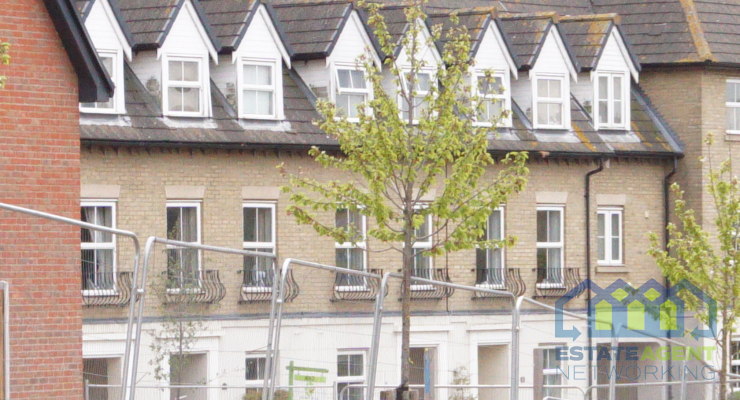10 Components of a Successful PR Strategy for a Business
In today’s fast-paced and highly competitive business environment, having a robust public relations (PR) strategy is crucial for any company aiming to build a positive image, engage with its audience, and achieve its business objectives. A well-executed PR strategy can enhance brand visibility, establish credibility, and foster strong relationships with the media and the public. However, developing and implementing an effective PR strategy requires careful planning and a deep understanding of the various components that contribute to its success.
This article outlines the ten essential components of a successful PR strategy for businesses. From defining clear objectives and identifying target audiences to crafting compelling brand stories and leveraging media relations, these elements are designed to help your business thrive. Leveraging the expertise of a professional PR agency, such as Mogul Press PR Agency, can further amplify your efforts, ensuring your brand’s story is told effectively and reaches the right audience. Whether you are a startup looking to make a mark or an established business seeking to maintain a positive reputation, these components will guide you in creating a comprehensive and impactful PR strategy.
1. Clear Objectives and Goals
Defining What You Want to Achieve
Start by clearly defining the objectives and goals of your PR strategy. These should align with your overall business goals and be specific, measurable, achievable, relevant, and time-bound (SMART).
- Brand Awareness: Increasing the visibility of your brand.
- Reputation Management: Building and maintaining a positive image.
- Product Launches: Generating buzz and interest around new products or services.
- Crisis Management: Preparing for and managing any potential crises.
2. Target Audience Identification
Knowing Who You’re Communicating With
Identify your target audience to tailor your PR efforts effectively. Understanding your audience’s demographics, interests, and behaviors will help you create relevant and engaging content.
- Customer Segments: Define different customer segments based on demographics, psychographics, and behaviors.
- Stakeholders: Identify other important stakeholders such as investors, employees, and partners.
3. Compelling Brand Story
Crafting Your Narrative
A compelling brand story is at the heart of an effective PR strategy. Your brand story should highlight your mission, values, and unique selling propositions (USPs). It should be authentic, engaging, and resonate with your audience.
- Mission and Vision: Clearly articulate your brand’s mission and vision.
- Core Values: Highlight the core values that drive your business.
- Unique Selling Propositions: Showcase what makes your brand unique and different from competitors.
4. Media Relations and Outreach
Building Relationships with the Media
Building strong relationships with journalists, editors, and influencers is crucial for securing media coverage. Develop a media outreach plan that includes creating targeted media lists, crafting compelling pitches, and maintaining regular communication with media contacts.
- Media Lists: Create a list of relevant media outlets and contacts.
- Pitching: Craft personalized and compelling pitches for each media contact.
- Follow-Up: Maintain regular communication and follow-up with media contacts to nurture relationships.
5. Content Creation and Distribution
Producing Engaging and Valuable Content
Create high-quality content that aligns with your PR objectives and resonates with your target audience. This includes press releases, articles, blog posts, social media updates, and multimedia content.
- Press Releases: Write newsworthy press releases to announce important updates and events.
- Articles and Blog Posts: Create informative and engaging articles and blog posts that showcase your expertise.
- Social Media Content: Develop a social media strategy to share your content and engage with your audience.
6. Crisis Management Plan
Preparing for Potential Crises
A crisis management plan is essential for mitigating damage to your brand’s reputation during a crisis. Develop a plan that includes identifying potential risks, establishing a crisis communication team, and outlining protocols for responding to crises.
- Risk Assessment: Identify potential risks and vulnerabilities.
- Crisis Team: Establish a crisis communication team with clear roles and responsibilities.
- Response Protocols: Develop protocols for responding to different types of crises.
7. Measurement and Evaluation
Tracking and Analyzing Results
Regularly measure and evaluate the effectiveness of your PR efforts to ensure you are meeting your objectives. Use key performance indicators (KPIs) to track progress and make data-driven adjustments to your strategy.
- KPIs: Identify relevant KPIs such as media coverage, social media engagement, website traffic, and lead generation.
- Analytics Tools: Use analytics tools to track and analyze your PR metrics.
- Reports: Create regular reports to review performance and identify areas for improvement.
8. Social Media Engagement
Leveraging Social Media Platforms
Social media platforms are powerful tools for engaging with your audience and amplifying your PR efforts. Develop a social media strategy that includes regular posting, engaging with followers, and leveraging paid social media campaigns.
- Content Calendar: Create a content calendar to plan and schedule your social media posts.
- Engagement: Actively engage with your followers by responding to comments and messages.
- Paid Campaigns: Use paid social media campaigns to boost visibility and reach a wider audience.
9. Influencer Partnerships
Collaborating with Influencers
Partnering with influencers can help you reach new audiences and build credibility. Identify relevant influencers in your industry and develop mutually beneficial partnerships.
- Influencer Research: Identify influencers whose values and audience align with your brand.
- Collaboration Opportunities: Explore different collaboration opportunities such as sponsored posts, product reviews, and events.
Relationship Building: Build and maintain strong relationships with influencers.
10. Consistent Messaging
Ensuring Cohesive Communication
Consistency in your messaging is crucial for building a strong and recognizable brand. Ensure that all your communications, from press releases to social media posts, reflect your brand’s voice and values.
- Brand Guidelines: Develop brand guidelines that outline your brand’s voice, tone, and visual identity.
- Internal Communication: Ensure that all team members are aligned with your brand’s messaging and values.
- Cross-Channel Consistency: Maintain consistency across all communication channels, including traditional media, digital media, and social media.
Conclusion
A successful PR strategy is multifaceted, involving clear objectives, a compelling brand story, strong media relationships, and consistent engagement with your audience. By incorporating these ten components into your PR strategy, you can effectively build and maintain a positive image, engage with your target audience, and achieve your business goals. Whether you’re a startup looking to build brand awareness or an established business aiming to enhance your reputation, a well-crafted PR strategy can help you navigate the complex media landscape and stand out in a competitive market.









